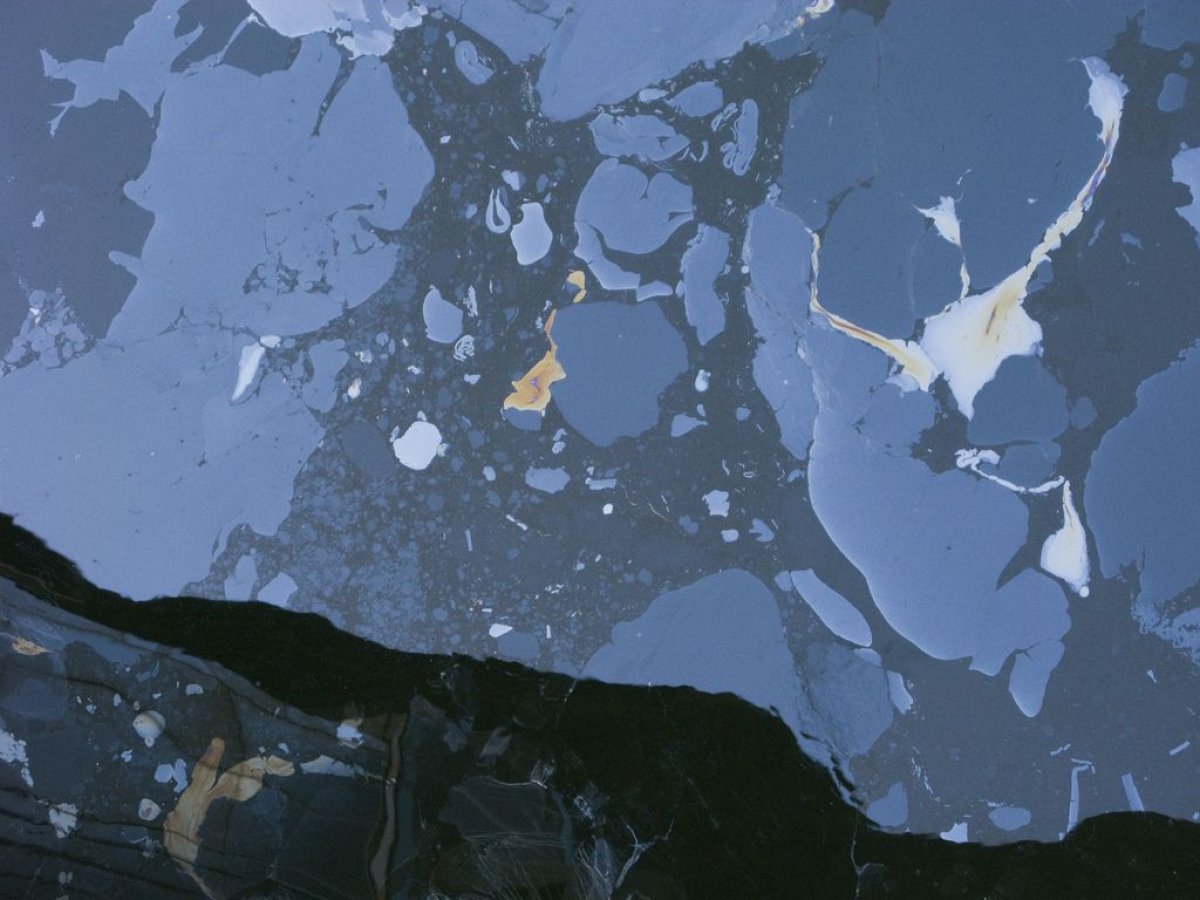
On Earth day, one New Yorker plans to do something likely to make other New Yorkers gag.
Christopher Swain will swim the length of the Gowanus Canal on Wednesday.
The Gowanus Canal is no place for humans. The fetid, 1.8-mile dead-end channel in Brooklyn is one of the most heavily contaminated bodies of water in the United States. Drinking the bacteria-laden water could give you dysentery or gonorrhea, and the sediment at bottom is packed with cancer-causing compounds and heavy metals.
But Swain knows this: He is, after all, a clean water activist. (In 2004, Swain made headlines by swimming the entire 315-mile length of the Hudson River to bring attention to water quality issues.) For his dip in the Gowanus, Swain will be cloaked in a drysuit, gloves and boots. "Visualize a swimmer swathed in a combination of Hi-Visibility, Hazardous Materials, and Search and Rescue gear," a release reads.
For those unacquainted with the smells and sights of the Gowanus canal, this video of a wave of raw sewage encroaching on the waterway after a 2010 tornado proves useful. "Oh, this is bad. Look at that, a used condom," the videographer says, as a person dry-heaves twice out of frame:
That fecal wave is hardly an anomaly for the water body. As we've previously noted, when it rains in New York City, raw sewage bypasses treatment plants and flows directly into city waterways. Even a relatively small amount of stormwater—one-twentieth of an inch of rainfall—can overwhelm New York's aging sewer system and trigger the Combined Sewer Overflow (CSO) system, which discharges the rainwater and raw sewage into the many CSO outfalls dotting the edges of the city.
The Gowanus Canal in Brooklyn has it especially bad. Thirteen CSO sites pour 377 million gallons of diluted raw sewage into the canal each year.

But free-flowing poop is far from the canal's only problem. The banks of the canal were once home to an array of heavy industry. Chemical plants, gas manufacturing facilities, cement makers, soap makers, tanneries, paint and ink factories and oil refineries used the canal as a dumping ground for untreated industrial waste and raw sewage for decades. The concentration of dissolved arsenic in the water is 60 times the level considered damaging to human health, and the canal sediments consist of other heavy metals like lead, iron, manganese, cadmium and zinc, as well as a host of carcinogens. It was declared a federal Superfund site in 2011, and the federal government intends to dredge much of the toxic materials from the bottom of the canal.

The Superfund plan also intends to cut CSOs by 34 percent, but that will still leave roughly 132 million gallons per year of CSO sewage for the canal to cope with.
Any human contact with the infamous canal tends to be a news event. Earlier this year, a diver donned a hazmat suit and a helmet camera, and live-streamed his exploration of the toxic sludge for a TEDx conference.
Uncommon Knowledge
Newsweek is committed to challenging conventional wisdom and finding connections in the search for common ground.
Newsweek is committed to challenging conventional wisdom and finding connections in the search for common ground.
About the writer
Zoë is a senior writer at Newsweek. She covers science, the environment, and human health. She has written for a ... Read more
To read how Newsweek uses AI as a newsroom tool, Click here.





